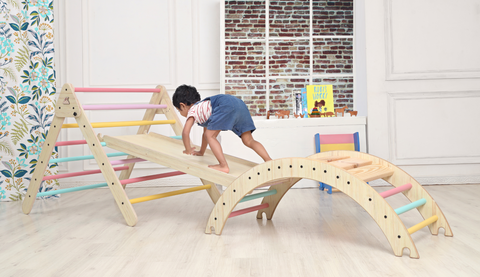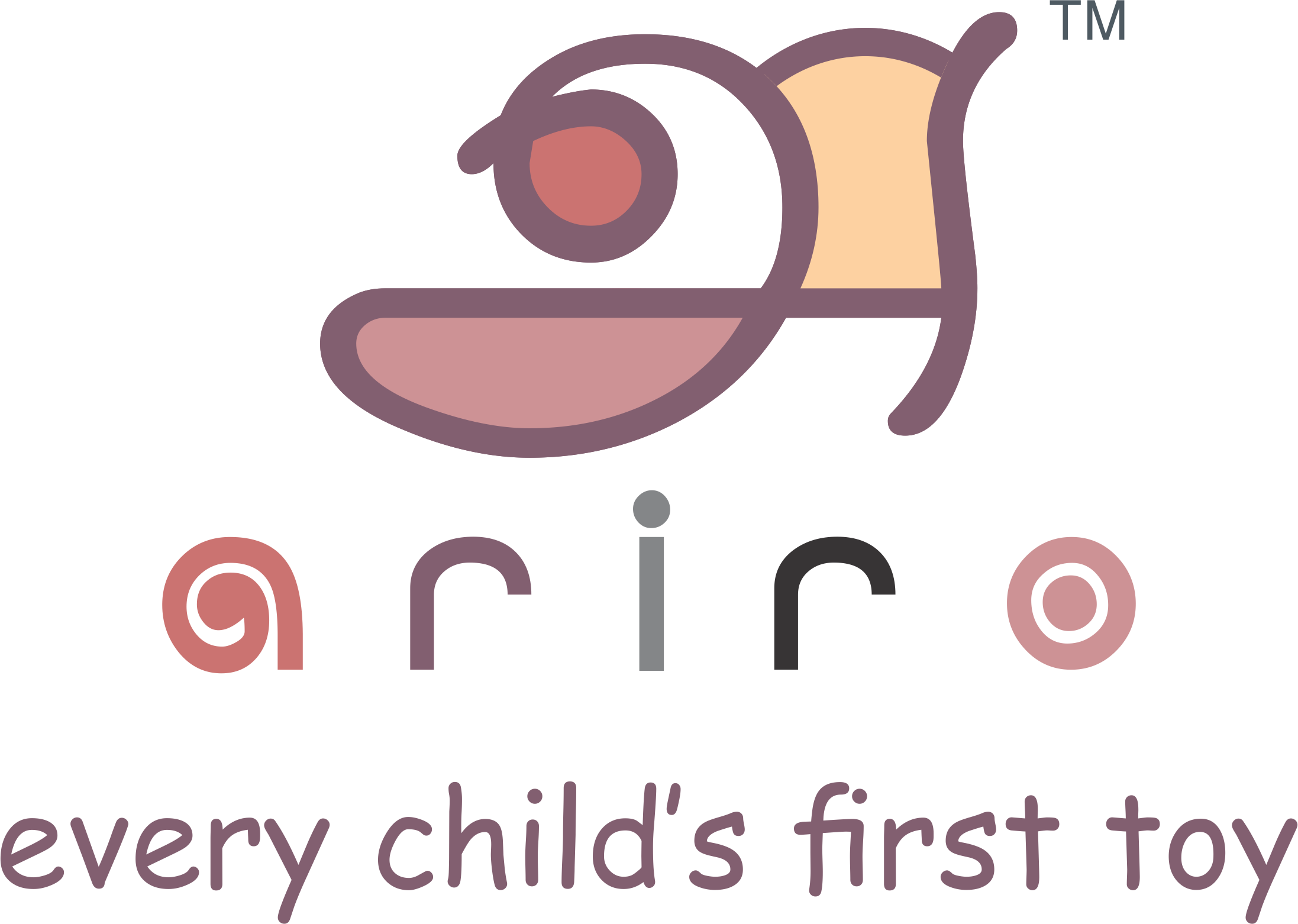
I was at a wedding lunch recently and there was a child, with his mother, sitting opposite me. After the food was served, the child started picking and choosing what he didn’t want and made a ‘rejected’ pile on one side. He tasted everything, decided what worked best for him and started eating that. The mother didn’t approve of this exercise and started force-feeding him. As expected, a ‘tantrum’ was well on its way. Don’t forget that an Indian wedding is filled with well-meaning and opinionated Aunts and one of them said “When we were young, our parents used to put some food on our plate and whether we liked it or not, we just ate it without a whimper. Children nowadays have too much freedom. That is the problem”. Whoever said we need to pump in millions of dollars to study child neuroscience and break our heads over gentle parenting; Wedding Aunts have all the answers!!

This made me think. If this child silently listened to what has been told and followed instructions, he would be labelled a ‘disciplined’ child. At the same time, we expect this same child to grow up to be a free thinker; taking independent decisions and changing the world. We have not given him the freedom and opportunity to change the contents of the plate before him, how is he even going to begin to think of changing the world!
Dr Montessori said that ‘Freedom’ forms the basis for the child to grow and follow his natural path of development. What does she mean by freedom? Does it mean that we allow the child to do as he pleases? Intuitively, it does not sound right. The child is not cognitively developed enough to take all the decisions and make all the choices. We need to support the child by providing a framework, a boundary within which he can make choices. This boundary is what we call ‘Limits’.
The child sits down at the table to have a meal. The dishes on the table are the limit. He has the freedom to choose what he wants to eat, from the available dishes. The child needs to change before going to the sand pit. We keep 3 or 4 shirts in his shelf in the cupboard. This is the limit. He has the freedom to choose what he wants to wear from among these.

What freedom does the child need?
This little child aims to be independent. From birth to 6 years, the child is working on attaining functional independence. To attain this, he needs freedom of movement. As adults, we tend to hinder this freedom in 2 ways:
- Physically – When we constantly carry the child or put them in containers, we curtail their movement.
- Psychologically – When we are overprotective and always asking the child to be careful,
we are sending a message to the child that we think he is not capable of what he has set out to do. When we see a child trying to take his first steps or trying to go up the stairs, we run to the child to hold his hand or even worse, carry him up the stairs. Gradually, over time, the child starts doubting his own capabilities and stops trying.
The child needs freedom of choice. When we allow the child to choose and allow the natural consequence of the choice to follow through, we allow the child to experience these consequences. the child has chosen to jump into the rainwater puddle even after you have told her that there is no change of clothes with you. She will have to deal with the consequences of walking around in wet socks and pants. This builds up a knowledge bank in the child, that she taps into when she has to make decisions in future. Freedom of choice also helps to develop the child’s Will.

How do we set limits?
Contrary to how it sounds, setting limits makes then child feel safe and secure to explore the world around him freely. Freedom without limits feels like act of abandonment for the child. The first consideration to setting limits is always safety. When you have told the child that he can choose anything from his toy shelf to play with, are you sure you have removed all hazardous items?
The next factor is to be clear and consistent in the limit that you have said. You have told your child that he can have an ice cream only on Sundays. I had told my son that he can have a chocolate only on a Sunday. Once when I picked him up from school on a weekday, we saw his friend having a chocolate.
He asked to buy him one and I gave in. This inconsistency is what creates confusion in the child. Most often, this is the primary cause for a tantrum because the child is not sure of his limits. He knows that it can be broken.
The third factor is the tone of setting these limits. We need to be gentle but firm. We don’t need to shout out the rules. Rather, we need to be able to explain it to the child in a loving manner but with a firmness that we are sure that these limits are necessary and that we will stick to them. until the child understands this, there will be a meltdown and we need to be there for the child, holding him and available for him.
Dr Montessori said, “To give a child liberty is not to abandon him to himself”. If we understand this fine balance between freedom and limits, we will be able to provide our child with an environment where he can work on building himself, feeling safe, secure and at the same time empowered to pave his path.







